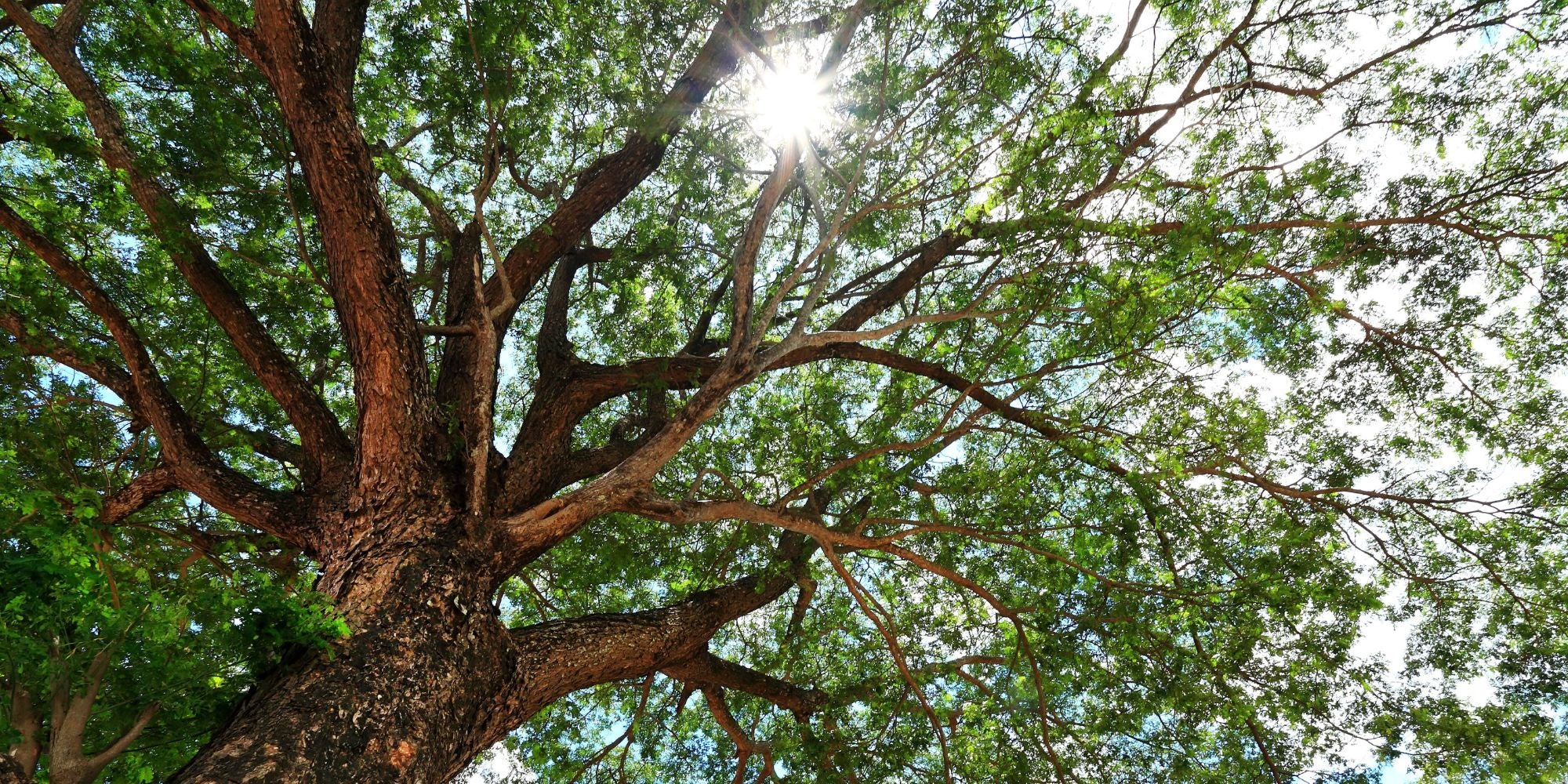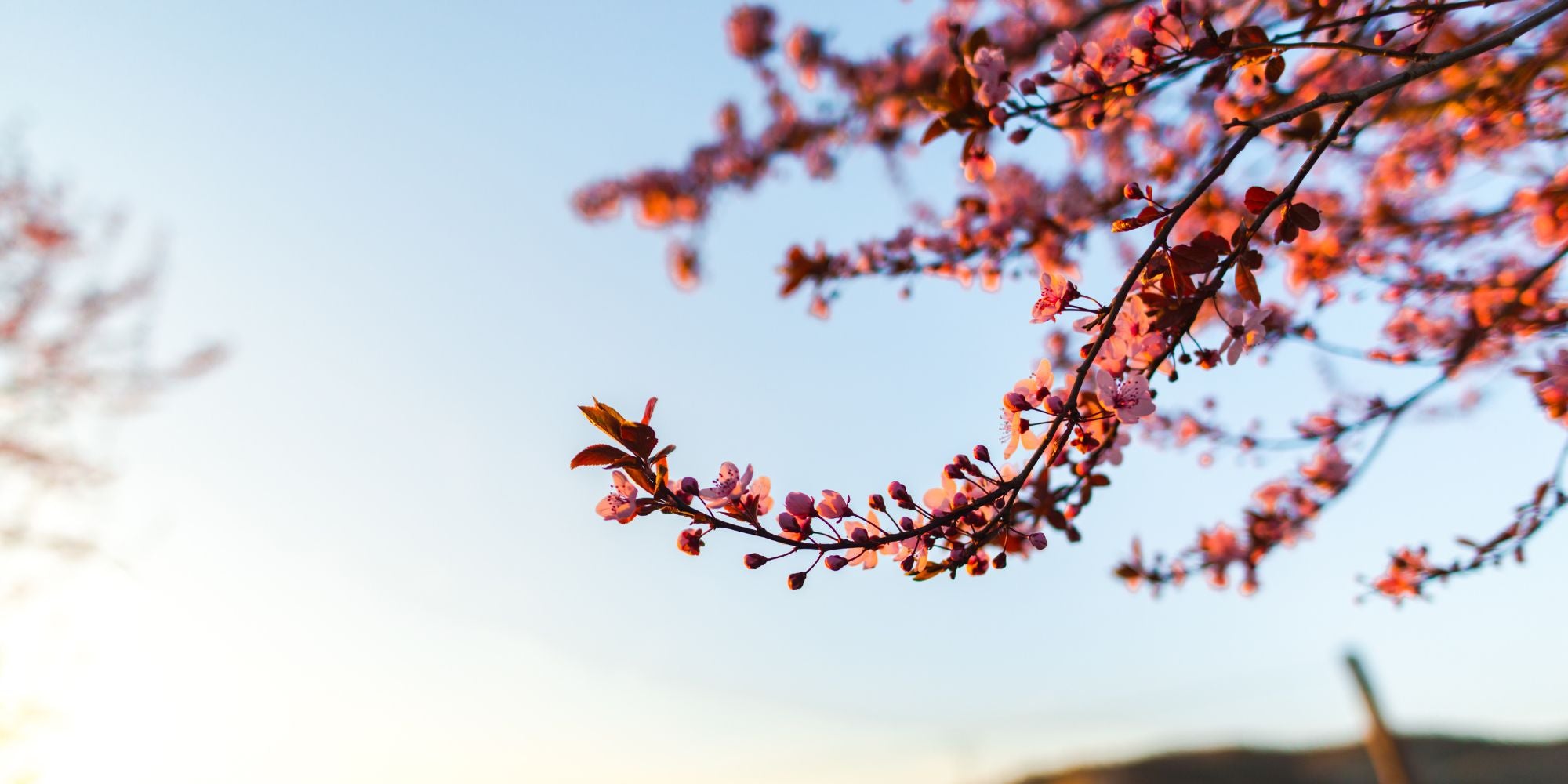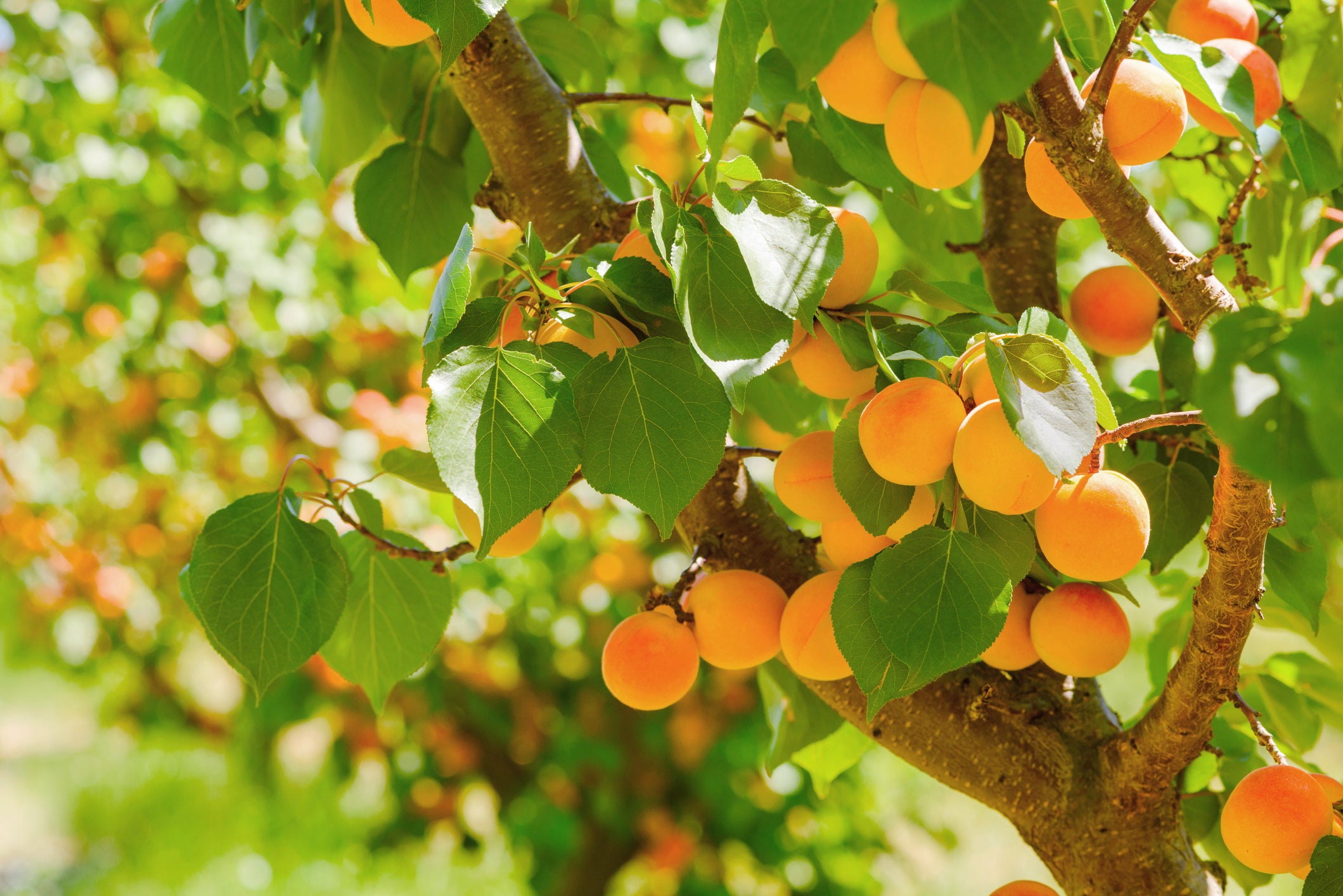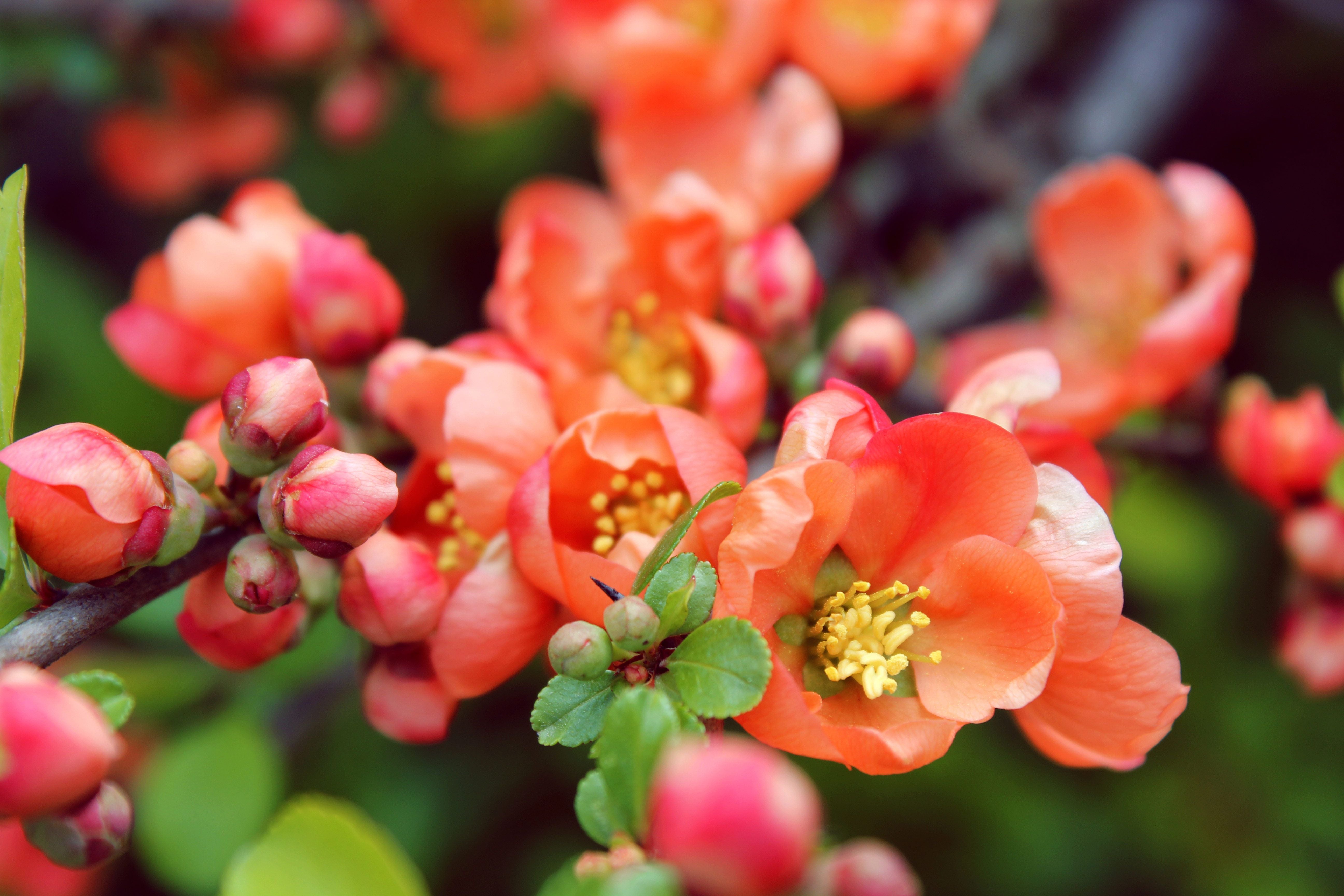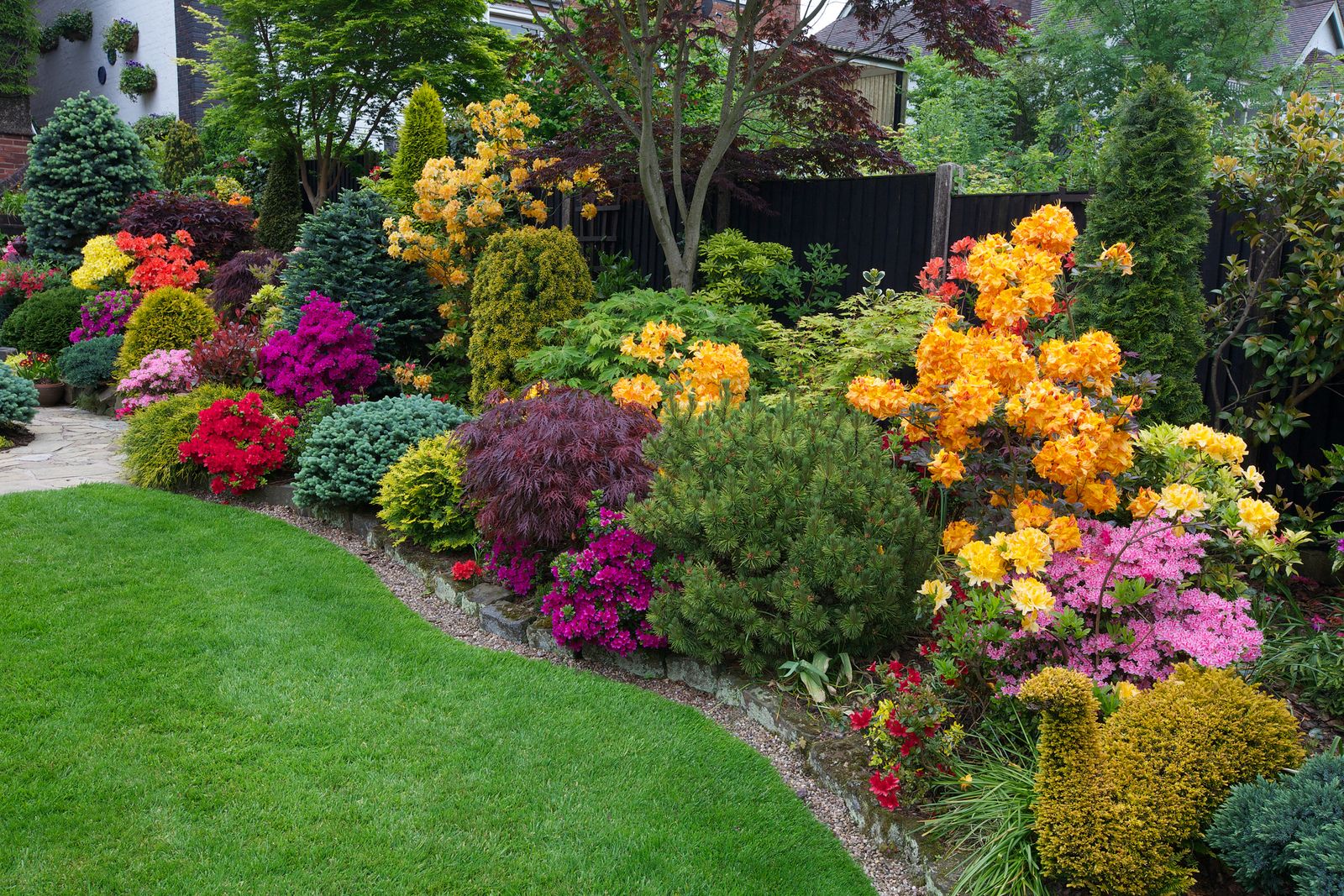How To Plant And Care For Japanese Maples In Your Garden

Japanese maples are renowned for their exquisite beauty and striking color palette, making them a highly sought-after addition to any garden. These sophisticated trees have the power to dramatically transform your landscape with their elegant foliage and vivid seasonal changes. Planting Japanese maples involves a thoughtful approach to location and soil preparation to ensure they thrive.
With proper care, these trees can offer a serene and visually stunning element to your outdoor spaces. The process to plant Japanese maples and nurture them effectively is not only rewarding but also a delightful gardening endeavor that enhances your connection with nature.
Choosing the Right Variety
Before you plant Japanese maples, it’s crucial to select the right species and cultivar to suit your garden's climate and aesthetic. There are over a thousand varieties of Japanese maples, each with its own unique characteristics. These range from trees suited for expansive landscapes to smaller types ideal for container gardening. Colors vary widely, from the fiery reds of the 'Emperor One' to the subtle greens of the 'Viridis'.
Depending on your local climate, some varieties will perform better than others. Japanese maples typically prefer zones 5 through 8, but some cultivars are more tolerant of cold or heat. Before making a decision, consider visiting a nursery like Tristar Plants, where you can get advice tailored to your garden's specific conditions and see the trees in person, ensuring you choose a variety that will thrive in your setting.
Selecting the Ideal Location
Japanese maples thrive in environments that mimic their native habitat—under the shelter of larger trees with filtered sunlight and protection from harsh conditions. When choosing a location in your garden, consider both the aesthetic and the practical aspects. The ideal spot should offer protection from strong winds, which can dry out the soil and damage the delicate foliage, and shield the tree from harsh afternoon sun to prevent leaf scorch.
A location with well-draining soil is also critical, as Japanese maples do poorly in wet conditions. Moreover, consider the tree’s mature size; ensure there is enough room for its canopy to expand without interference. By thoughtfully selecting the location, you not only enhance the tree's survival prospects but also its ability to add beauty and serenity to your garden for years to come.
Planting Your Tree

The optimal planting seasons for Japanese maples are the milder spring and autumn months. During these periods, cooler temperatures facilitate root development, minimizing environmental stress. To plant, dig a hole that is double the width of the root ball but keep the depth equal to avoid deeper settling. This practice promotes horizontal root growth, essential for the tree's stability and overall health. Enhance the soil by mixing in organic materials to boost drainage and nutrient levels.
Carefully place the tree in the prepared hole and backfill with the enriched soil, pressing down lightly to remove any air pockets. It's crucial to ensure the tree's trunk is not buried deeper than its original position to prevent stress that could inhibit growth or cause the tree's demise. After planting, water the area well to help settle the soil around the roots and close any air pockets left behind.
Watering and Mulching
Watering your Japanese maple is vital, especially in the first few years after planting. The goal is to keep the soil consistently moist but not waterlogged. Use a slow, deep watering technique that encourages the roots to grow deeper into the soil, promoting stability and drought tolerance as the tree matures. Applying a 2 to 4-inch layer of mulch around the base of the tree can significantly aid in maintaining soil moisture and temperature.
Choose an organic mulch like bark or leaf mold, which will also contribute nutrients to the soil as it decomposes. However, ensure the mulch is not touching the tree's trunk to prevent rot and fungal diseases. Regularly check the moisture level of the soil and adjust your watering schedule according to the season and weather conditions, reducing frequency in the cooler months.
Pruning and Maintenance
Pruning is vital for maintaining the shape and health of your Japanese maple. The ideal time for this task is during late winter or early spring, just before the onset of new growth. Pruning during this period prevents excessive sap loss and reduces the likelihood of fungal infections, which are more common in damp conditions. Concentrate on eliminating any branches that are dead or intersecting to enhance air flow and sunlight penetration within the tree.
This practice not only discourages disease and pest problems but also helps to lightly thin the canopy, improving light access to inner leaves and supporting a healthier, more attractive tree structure. When pruning, ensure cuts are made cleanly near the branch collar to promote swift recovery. Be careful to avoid cutting too near to the trunk or leaving large stubs, as these can invite decay.
Monitoring for Pests and Diseases
Japanese maples are relatively low maintenance but can be susceptible to certain pests and diseases. Regularly inspect your tree for signs of stress, such as discolored leaves or unusual leaf drop. Common pests include aphids and spider mites, which can be controlled with insecticidal soap or neem oil. Diseases like verticillium wilt or powdery mildew require prompt attention to prevent spread.
Always choose eco-friendly and appropriate treatments to maintain the health of your garden ecosystem. Early detection is crucial; if you notice any abnormalities, consult with a professional or a specialized nursery like Tristar Plants for advice on treatment options. This proactive approach will help ensure that your Japanese maple remains a vibrant and beautiful centerpiece in your garden for years to come.
Tristar Plants is dedicated to enhancing your garden with our collection of high-quality plants, including diverse varieties of Japanese maples that thrive in various climates and design styles. Our knowledgeable team is eager to guide you in choosing and maintaining the ideal trees to complement your landscape.
By shopping with us, you'll receive expert advice and support every step of the way, ensuring that your garden becomes a flourishing and beautiful space. Let us help you realize your gardening aspirations, as we work together to make sure each plant you select is nurtured to its fullest potential.


